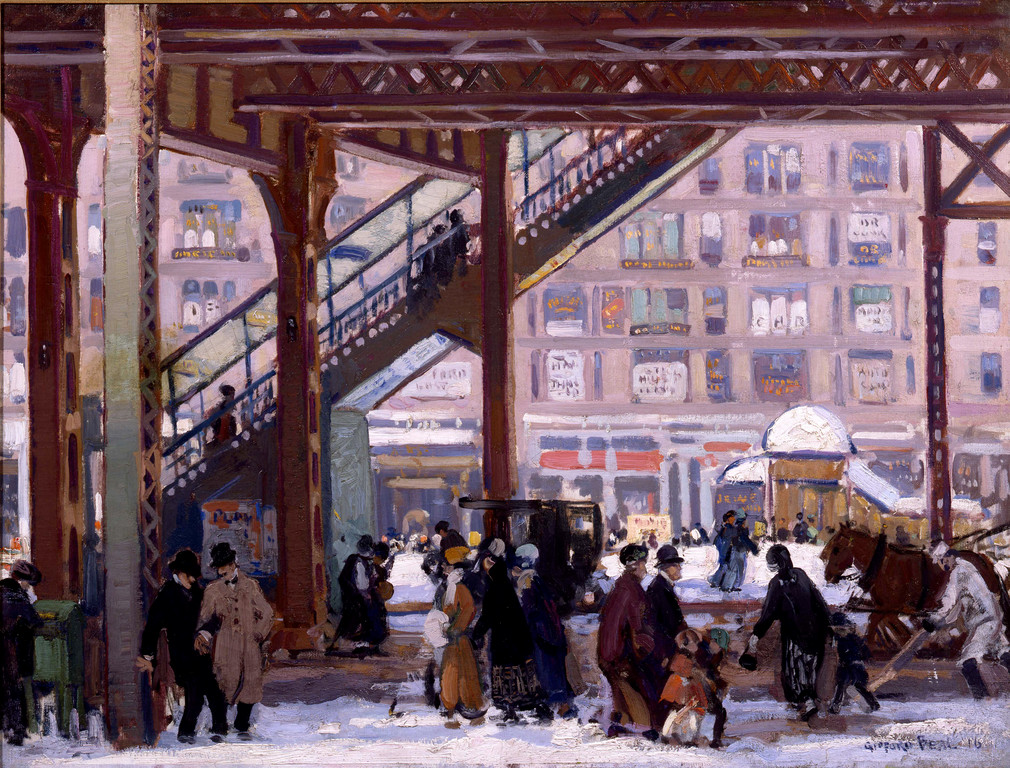Long Island's art scene
Shake off the winter blahs with a museum visit
As winter rolls onward, chase away those January doldrums and warm the soul by exploring some of the many art offerings in the area. Local museums offer a wide range of exhibits. Here’s a sampling.
‘Artists in America’ at Nassau County Museum of Art
Nassau County Museum of Art’s current exhibit, surveys 300 years of great American painting rarely seen on Long Island. Its 79 works dating from the early 1700s to the present include history painting, landscape, portraits, still life, and modernist abstraction with significant examples of photography and collage among other media represented. All the works displayed are on loan from the permanent collections of the New Britain Museum of American Art in Connecticut.
“This is such an exciting show for us,” said Karl E. Willers, the museum’s director, who organized the exhibition with his curatorial staff. “We are able to show the major highlights of the New Britain Museum, which has one of the finest collections of American art in the nation. This is a wonderful collection that extends back from the Colonial era to the contemporary era.”
The exhibit came about out of the New Britain’s interest in mounting an exhibit based on NCMA’s recent William Comfort Tiffany exhibition, according to Willers. So an “exchange” of sorts evolved. “They were so kind to let us take their permanent collection literally of the walls of the museum,” he said. “We got a great deal. They have been so generous in giving us their works. Some of the greatest paintings ever created are on view here.”
Visitors will see pieces by every generation of American artists, representing centuries of talent and genres: John Singleton Copley, Charles Willson Peale, John Singer Sargent, James Abbott McNeill Whistler, Edward Hopper, Georgia O’Keeffe, Norman Rockwell, Robert Motherwell, and Sol LeWitt.
“There is something for everyone,” said Willers. “And each piece is a highlight of that particular artists’ genre and represents their body of work. There are few occasions to work on an exhibit that takes such a broad sweep.”

 50.0°,
Overcast
50.0°,
Overcast 







